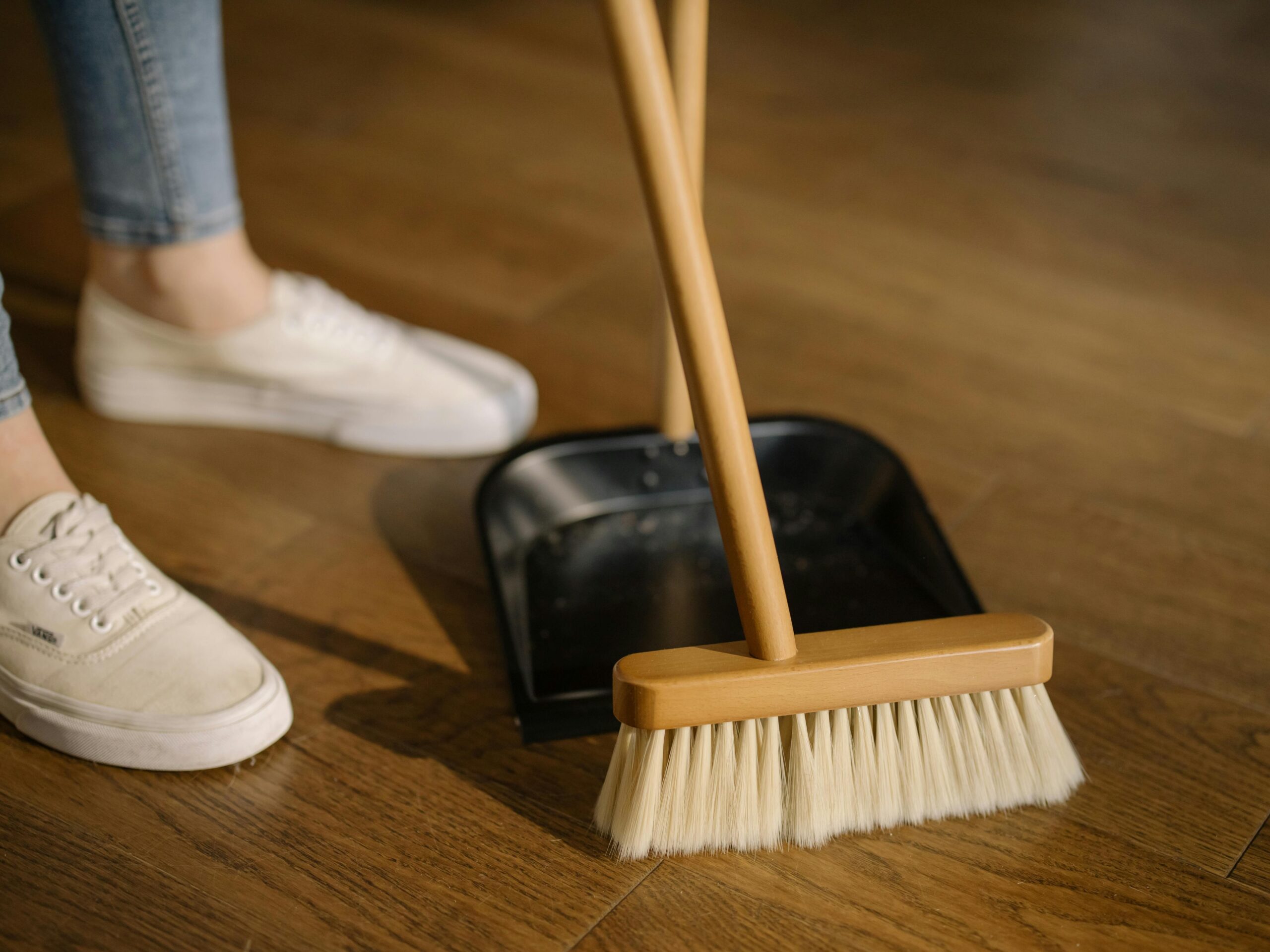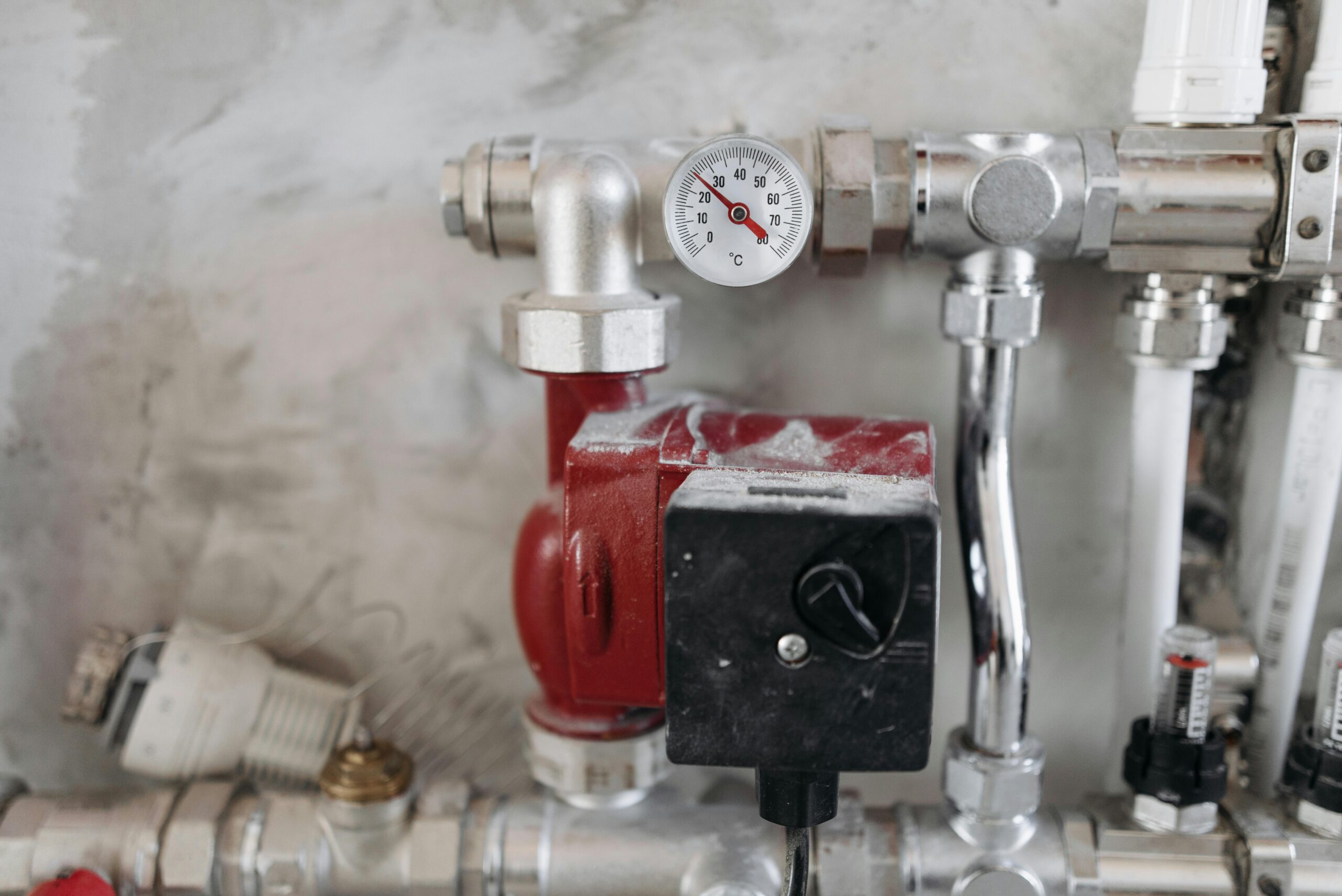Ever stared at your HVAC system and wondered, “Could this thing secretly be plotting my financial ruin?” Well, here’s a plot twist: neglecting your HVAC maintenance might leave you facing unexpected mold insurance headaches—yikes.
In this guide, we’ll tackle why HVAC systems and mold insurance are more intertwined than peanut butter and jelly. You’ll learn everything from what causes HVAC-related mold issues to practical maintenance tips that can save your wallet (and sanity). Plus, there’s a rant about dusty filters no one asked for but everyone needs. Let’s dive in!
Table of Contents
- Key Takeaways
- The Hidden Connection Between HVAC Maintenance and Mold Insurance
- HVAC Maintenance Step-by-Step Guide
- Pro Tips for Keeping Mold at Bay
- Real-Life Examples of HVAC Neglect Gone Wrong
- Frequently Asked Questions About HVAC and Mold Insurance
Key Takeaways
- Poor HVAC maintenance contributes directly to mold growth, leading to costly repairs—and higher mold insurance premiums.
- Simple routine tasks like replacing air filters can prevent moisture buildup and keep your system running efficiently.
- Neglected HVAC units lead to inefficiency spikes, raising energy bills while also increasing the risk of mold-related claims.
The Hidden Connection Between HVAC Maintenance and Mold Insurance
Here’s where confession time comes in—I once ignored an odd smell coming from my vents for months because, hey, life was busy. Turns out, my neglected HVAC unit had developed mold due to excess humidity trapped inside its ductwork. Spoiler alert: My mold insurance claim wasn’t pretty. The adjuster basically gave me “the look” reserved for people who feed raccoons.
Sensory overload moment: Imagine stepping into your home only to find it smells like wet socks left in a gym bag overnight. That’s mold, folks, and it doesn’t just grow magically—it thrives when your HVAC isn’t doing its job properly. Faulty or unmaintained systems create stagnant air pockets full of moisture, which becomes prime real estate for mold colonies. And trust me, dealing with these colonies feels less like a science project and more like a horror movie.

HVAC Maintenance Step-by-Step Guide
Optimist You: “Let’s turn this HVAC mess around!”
Grumpy You: “Fine—but only if there’s coffee brewing nearby.”
- Replace Air Filters Regularly: Aim to swap them every 1–3 months depending on usage levels. Dirty filters restrict airflow, causing condensation—and guess who loves condensation? Mold.
- Check Vents and Ducts: Ensure vents aren’t blocked by furniture or curtains. Restricted airflow creates uneven cooling and increases humidity levels.
- Inspect Drain Lines: Clogged drain lines trap water inside the unit, creating breeding grounds for mold. Clean them annually (or hire a pro).
- Monitor Humidity Levels: Keep indoor humidity below 60% using a dehumidifier if needed. Too much humidity feeds mold faster than stale bread feeds pigeons.
- Schedule Professional Tune-Ups: Have a licensed HVAC technician inspect your system twice a year. They’ll catch small problems before they spiral into big ones.

Pro Tips for Keeping Mold at Bay
If you want mold insurance providers to sing your praises instead of dreading your calls, follow these best practices:
- Keep It Dry: Use exhaust fans in kitchens and bathrooms to reduce moisture buildup.
- Avoid Cheap Filters: Opt for high-quality HEPA filters designed to trap dust, allergens, and spores.
- Ventilate Strategically: Open windows periodically to let fresh air circulate—but close them during peak pollen seasons!
- Use UV Lights: Some advanced HVAC systems include germicidal UV lights that kill mold spores circulating through the ductwork.
Warning: One terrible tip floating online suggests ignoring minor leaks until they become noticeable. Do NOT do this. Even small leaks contribute to hidden mold growth behind walls, making you wish you could unsee the damage later.
Real-Life Examples of HVAC Neglect Gone Wrong
Rant incoming: Nothing drives me crazier than hearing someone say, “My HVAC seems fine; it still blows cold air.” Newsflash—it’s not all about temperature control. A poorly maintained unit can harbor unseen dangers lurking behind closed vents.
Take Sarah, for example. She bought her dream house last summer but skipped the recommended HVAC inspection. By winter, she discovered black mold spreading across her basement ceiling—a direct result of leaky condensation pans. Her mold insurance deductible felt like taking another mortgage out.

Frequently Asked Questions About HVAC and Mold Insurance
Does regular HVAC maintenance lower mold insurance costs?
Yes! Many insurers offer discounts for homes with well-maintained HVAC systems since they pose lower risks of mold claims.
How often should I clean my HVAC ductwork?
Every three to five years is standard unless you live in a dusty area or have pets shedding fur everywhere.
Can mold grow without moisture?
Nope, mold requires moisture to thrive. So tackling humidity issues early prevents future catastrophes.
Conclusion
To sum it up, proper HVAC maintenance isn’t just about staying cool—it’s about keeping your wallet happy too. From replacing air filters to avoiding rookie mistakes like ignoring funny smells, every little effort adds up. Remember, mold insurance isn’t a band-aid for laziness; it’s a safety net for responsible homeownership.
Like a Tamagotchi, your HVAC needs daily care—or else chaos ensues.


